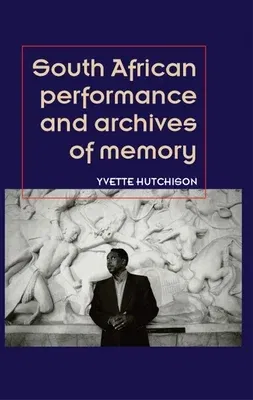This book argues that memory functions as a key element in contemporary
South African re-imagining of historical events and in constructing new
definitions of national and personal identity. It compares two ways in
which memory is embodied: in repertoires of practices, songs, dance,
rituals, and in material archives, texts, documents, buildings. The
particular contribution of this study is its focus on the role of
performance in South Africa's renegotiation of memory and historical
understanding, as exemplified in public events such as the Truth and
Reconciliation Commission, the South Africa-Mali Timbuktu Manuscript
Project and the 2010 World Cup opening ceremony, and in memorial sites
such as the Voortrekker Monument and Freedom Park. The book explores the
implications of translating diverse embodied memories into a coherent,
official national narrative that is usually defined and made coherent
that is, over-simplified - by the state, which defines South Africa as a
unitary 'rainbow nation'. The book compares official narratives that
have tended to define how the 'new' South Africa is remembering the past
to various theatrical engagements with memory that highlight specific
disavowed themes which recur in post-apartheid South African theatre,
which include exile, ghosts and hauntings, masculinity, and the tension
between justice and reconciliation. The analyses extend beyond thematic
accounts to include exploring the reasons for and effects of juxtaposing
'realist' and 'verbatim' aesthetics to more exaggerated,
hyper-theatricalised forms. Ultimately this book argues for keeping
archives and repertoires open to reinvestigation and reinterpretation,
and in dialogue with one another.

